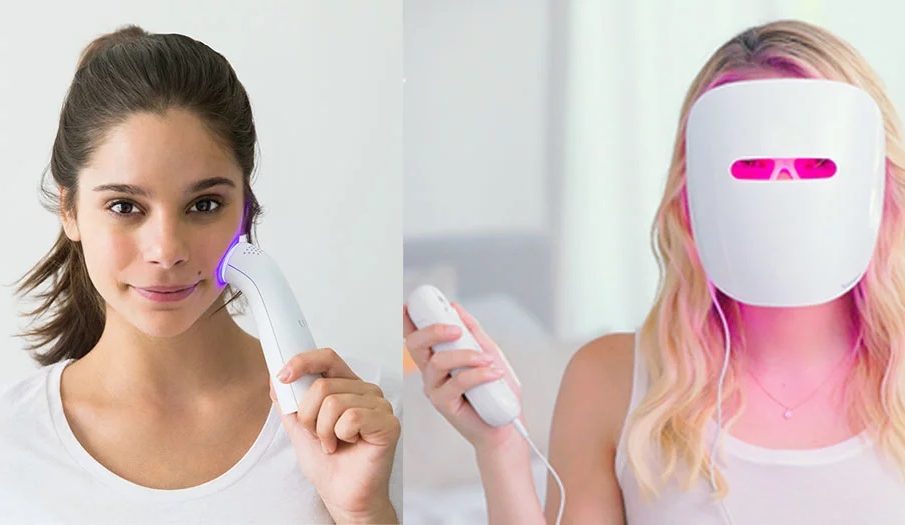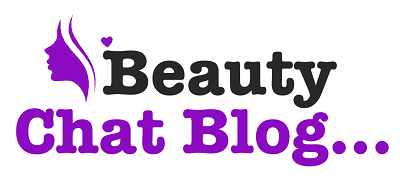How blue light therapy Effectively helps treat acne

Red, blue, green, yellow, LED light is mainly used to treat dermatitis-like acne. Already used for the treatment of seasonal depression, less is known about the beneficial effects of light therapy on the skin. To talk about skincare, we instead use the term phototherapy, which is to say treatment with LED light, whose action is based on targeted colors. These artificial reproductions of the sun’s rays are devoid of UV and therefore do not pose a health risk. Let us have a better look at the Led light therapy now.
Cold light that penetrates the skin
Unlike the laser, whose light is captured by melanin before transforming into heat to destroy its target, LEDs emit a cold light. Light waves will penetrate the different layers of the skin to stimulate fibroblasts young cells and increase the synthesis of collagen and elastin. Each color of light beams has a different rate of penetration and mode of action.
- A session lasts a maximum of 25 minutes and combines several lights. The red beam is the one that penetrates the most deeply “for an anti-aging action, to reduce scars or to act on hair loss, explains the specialist. This light increases micro-circulation and, therefore, the supply of micronutrients. Cells or hair follicles are better nourished, and the production of elastin and collagen is revived.
- The blue beam is an effective anti-infective to attack bacteria and fungal infections. We also use it during gynecological treatment. The yellow improves blood and lymphatic circulation in addition to having an action on redness. And finally, green enhances the radiance of the skin and reduces pigment spots caused by the sun.
The blue light treatment attacks the bacteria responsible for oily skin. They are combined with red LEDs which penetrate to the sebaceous glands for anti-inflammatory action. The dermatologist begins by applying a photo-sensitizing cream on the lesions before placing the bundles on the pimples. We feel a sensation of heat, which then leaves redness.
Democratization of phototherapy
Long reserved for the medical profession, phototherapy is democratizing by integrating the technology of high-tech beauty products. The consumer brand Neutrogena, a benchmark in the care sector for problem skin, has marketed the first anti-acne mask to use at home. Equipped with an LED device, it diffuses blue and red beams. On the other hand, the photo-sensitizing cream is reserved for dermatologists. The brand recommends using it for a period of three months for conclusive results, at a rate of 10 minutes per day.
These objects do not have the same effects or the same power as the medical devices of aesthetic medicine and dermatology offices. The risk is that the consumer does not notice any improvement and generalizes the non-effects of the phototherapy. It is harmful to us. The phenomenon is the same as for the pulsed light epilators to use at home, in my opinion. There was a crazy craze for these products, and finally, we don’t talk about it much anymore. Not that it doesn’t work, but these techniques, to be effective, require the qualifications of a specialist.







